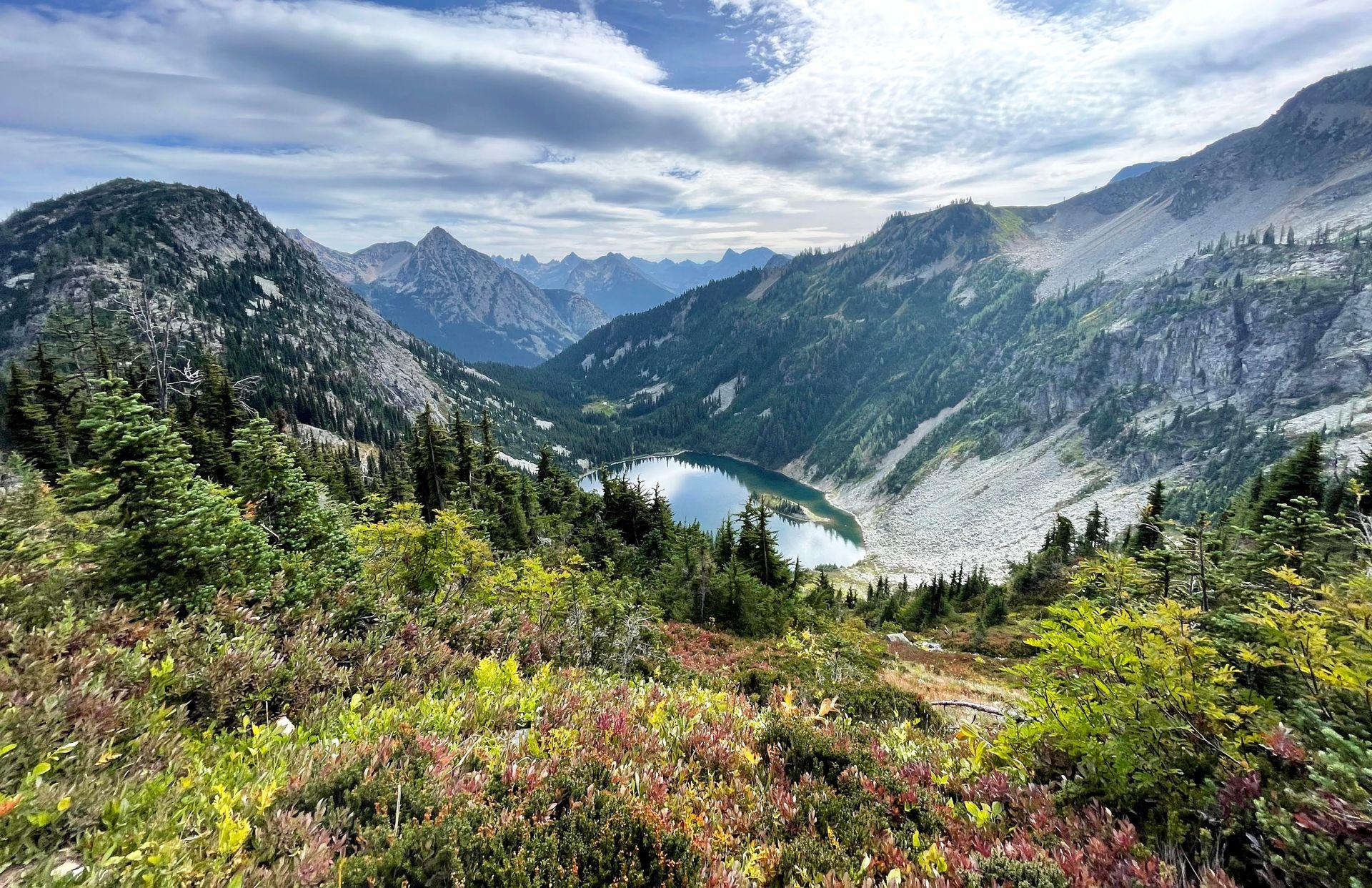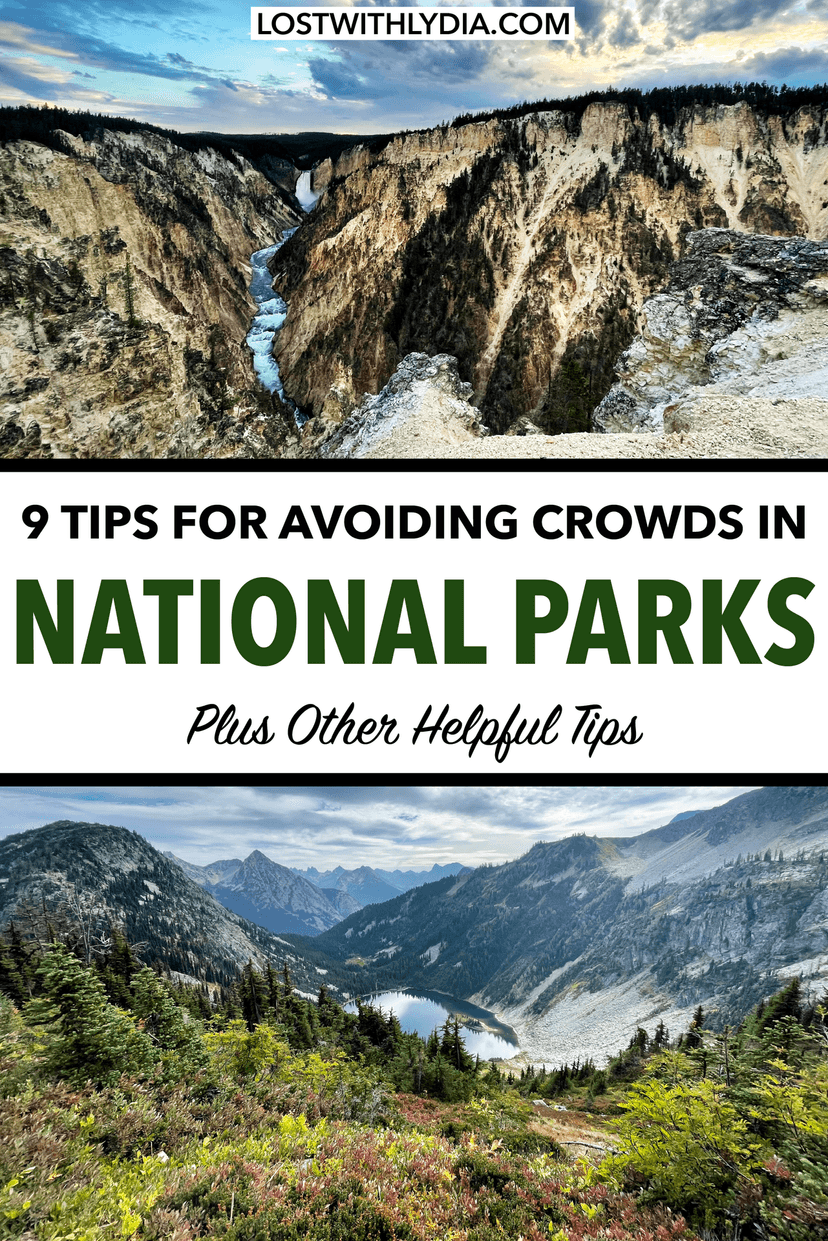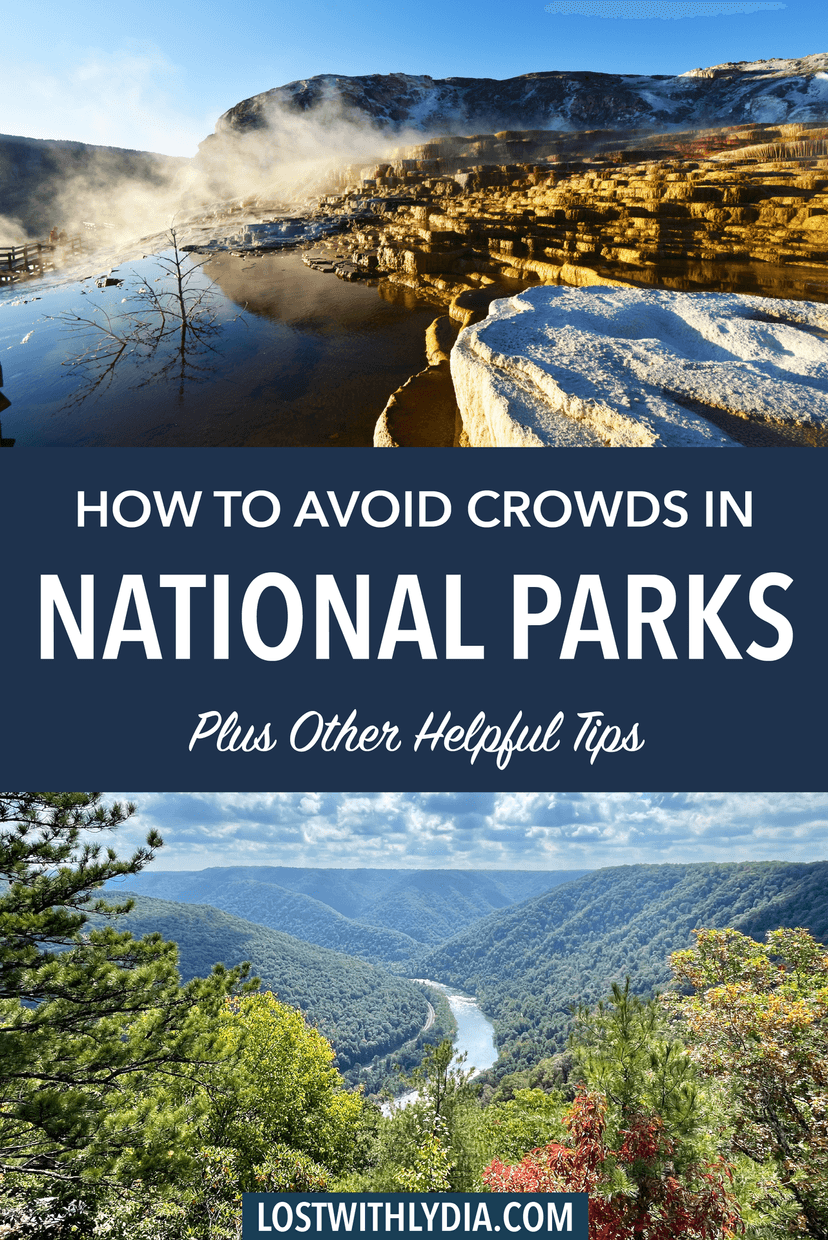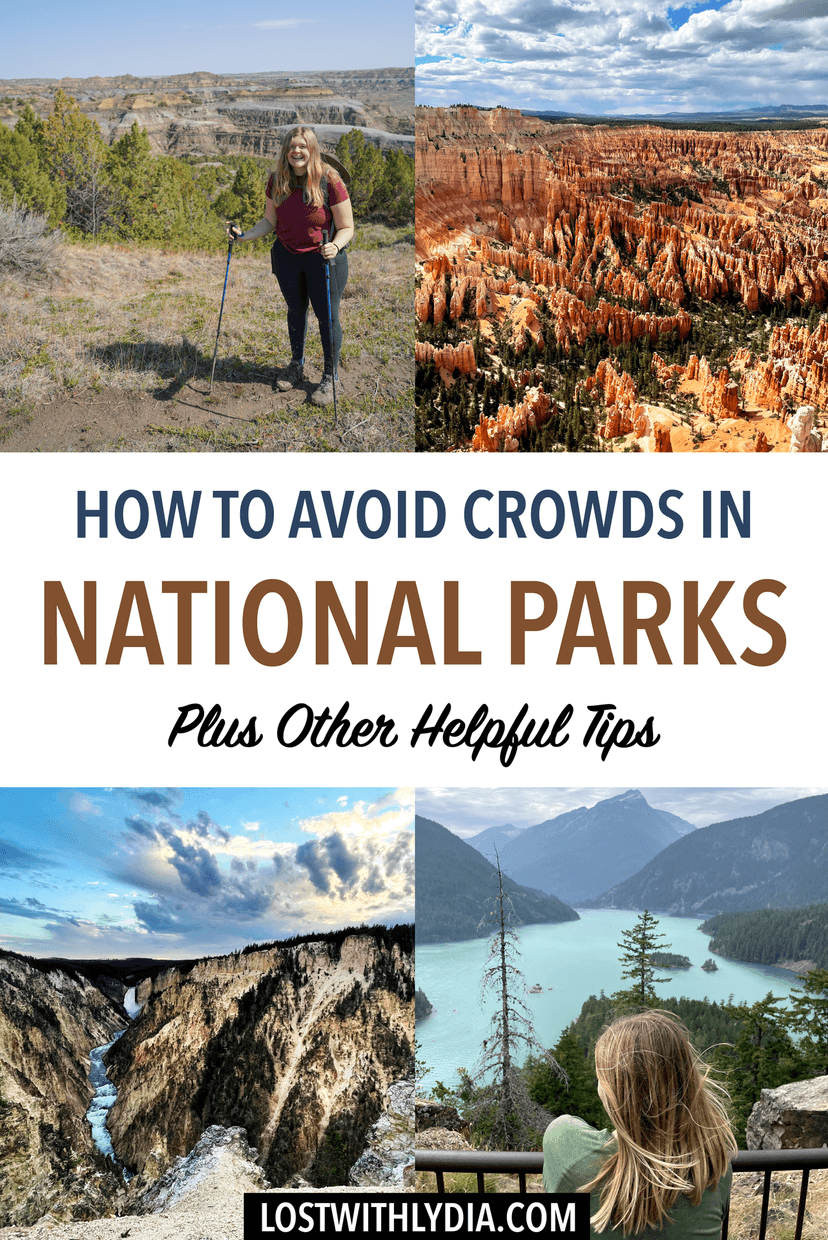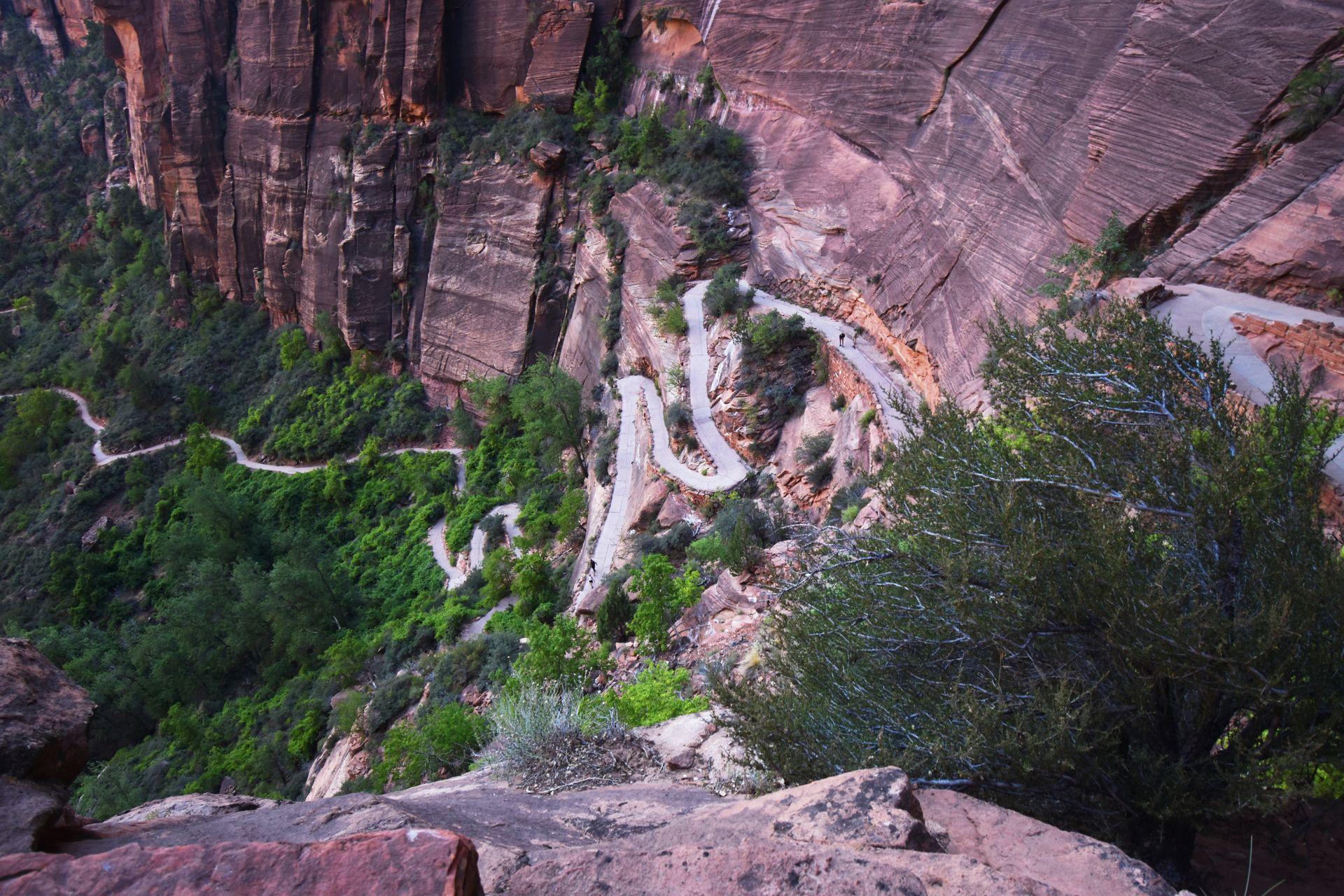National Parks
9 Ways to Avoid Crowds in National Parks
February 6, 2025
The US National Parks offer some of the best beauty and outdoor recreation that the United States has to offer. It’s no wonder that they receive a lot of visitors. And with an influx of visitors comes crowded areas, traffic and sometimes an unpleasant experience.
The National Park Service received 325.5 million recreation visits in 2023, which was up by 4% from 2022. Many people will continue to get outside, but with the right planning and research, you can easily avoid the crowds and enjoy your vacation without worrying about congested roads and trails.
These tips are based on my experiences of visiting 48 US national parks and counting!
9 Tips for Avoiding Crowds in National Parks
1. Get Up Early
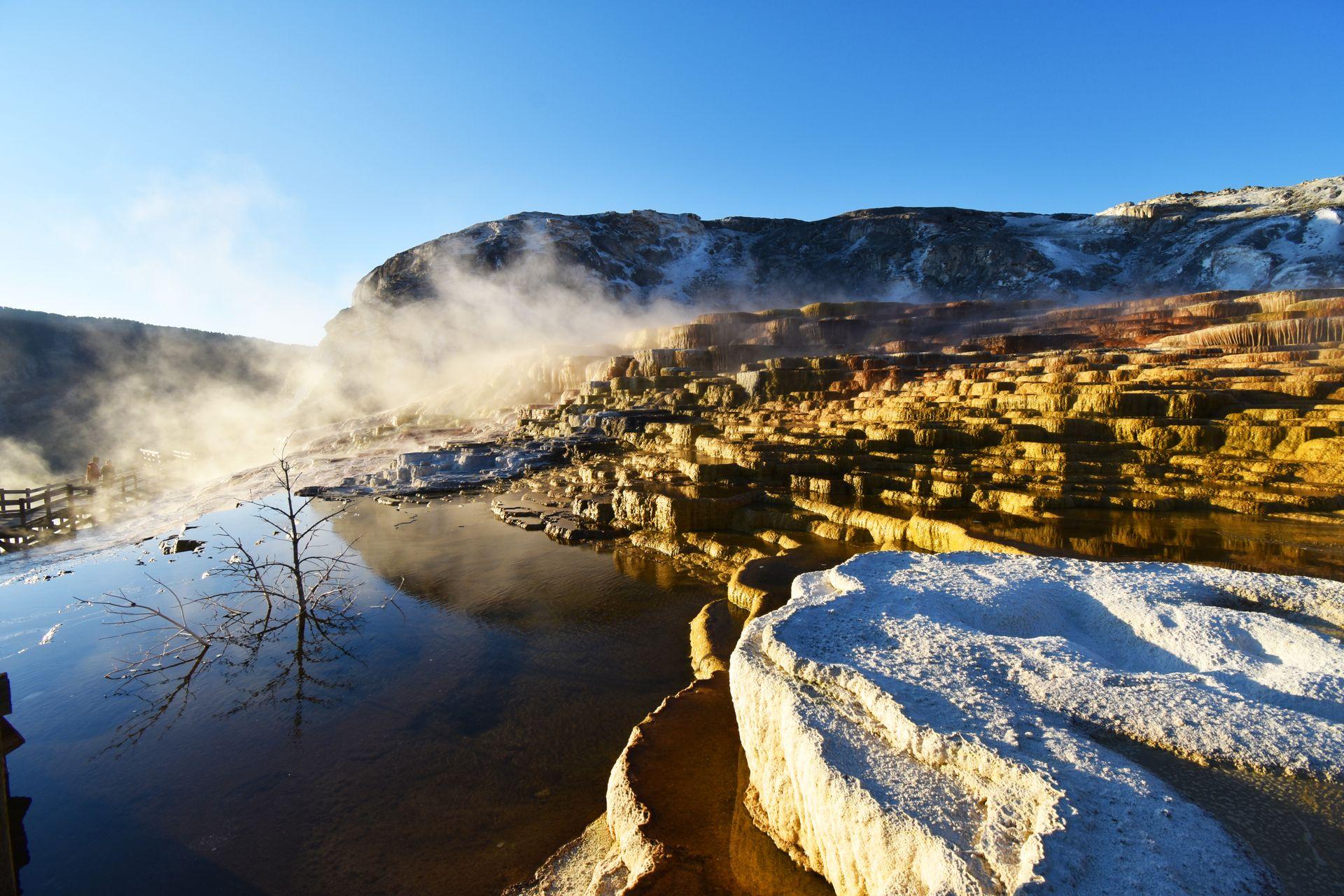
If you really want to experience the most iconic national park sites without crowds, getting up early (and I really mean early) is the way to do it! After all, I really believe that everyone should experience places like Old Faithful in Yellowstone at least once.
When I say early, I generally mean arriving right at sunrise or starting a trail before the sun rises. Of course this can vary by time of year as the length of days are much longer than the summer than in the winter.
It’s so much easier to get to a trailhead or viewpoint early in the morning if you’re staying nearby. In order to get the lodging that is closest, make sure to do your research and book ahead of time if needed. For example, staying inside Yellowstone National Park made it so much easier to see the sunrise at Mammoth Hot Springs and the sunset at Old Faithful. I booked the lodging several months in advance to make it happen.
2. Stay Late
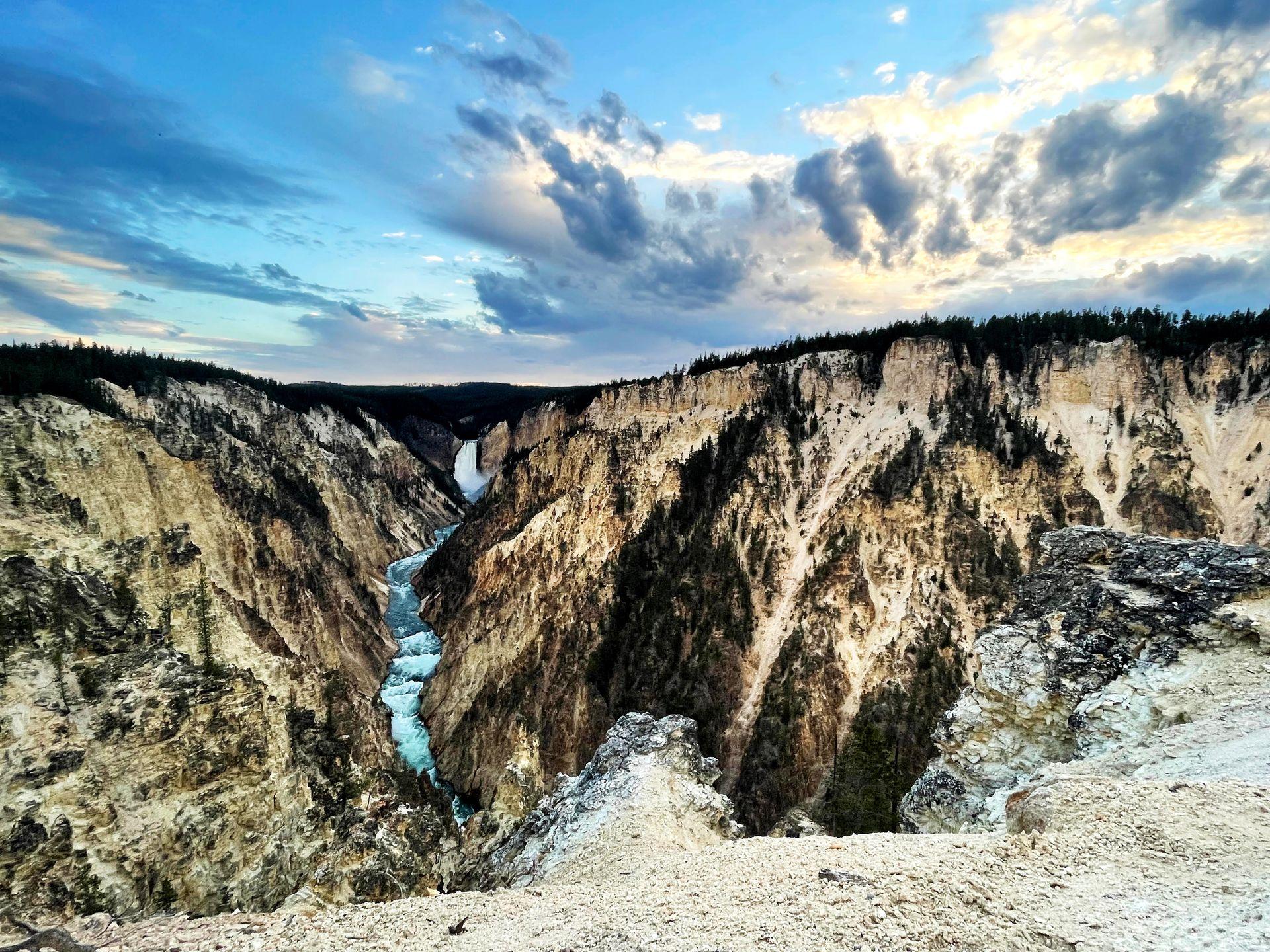
Similar to getting up early, staying late is another great way to avoid the throngs of people. Most people leave the parks in the late afternoon to get dinner and go back to their hotels. By staying for sunset, you may have certain areas to yourself.
I found this to be especially true in Yellowstone and really enjoyed watching the sunset at the Grand Canyon of the Yellowstone.
3. Visit Less Popular Parks
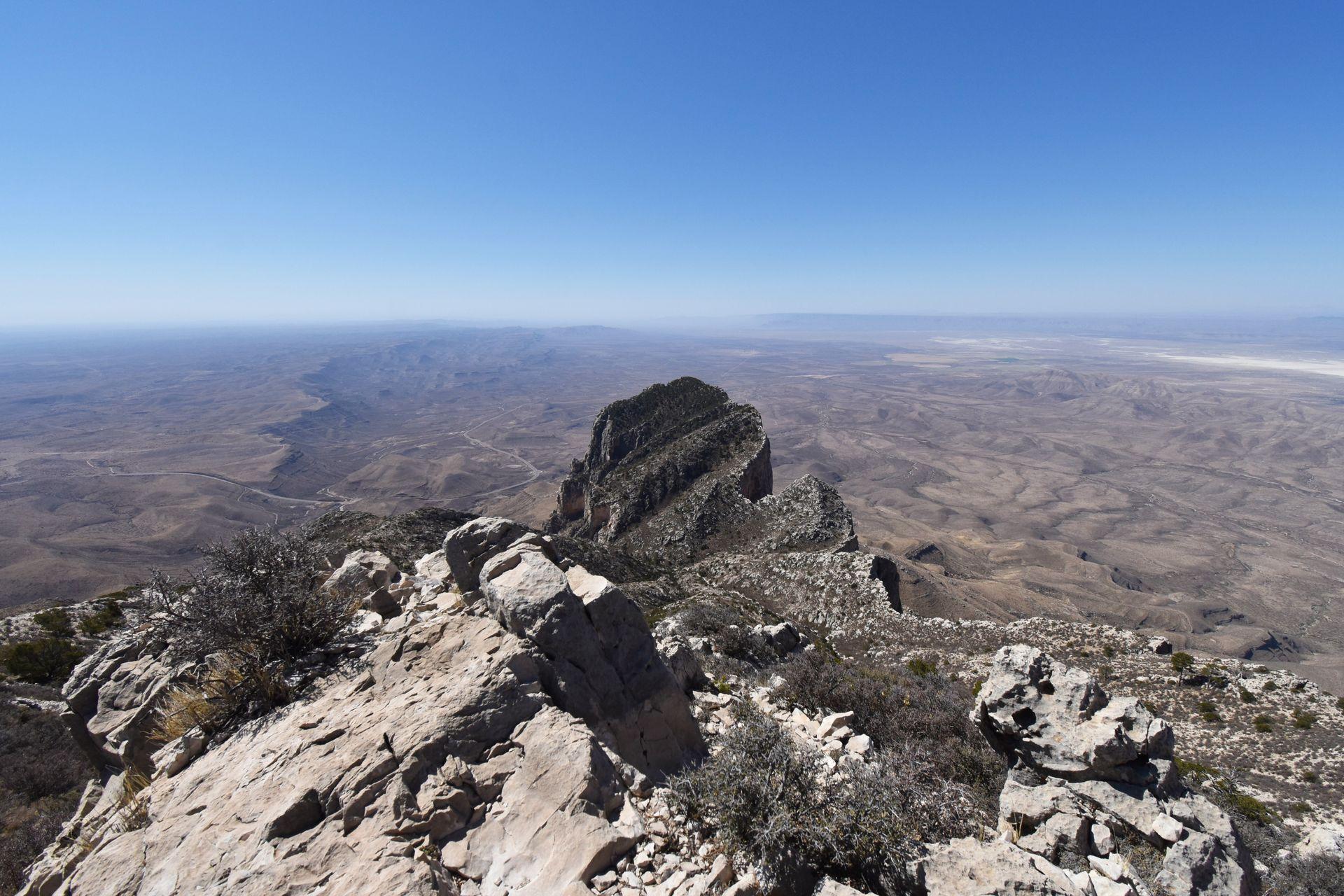
Despite having 63 National Parks and 425 National Park units, 26% of all visits in 2022 occurred in the 8 most popular parks. You are likely to see much fewer crowds in any national parks that are not in the top 10 most visited. And if you’re willing and able to go to some of the least visited parks, you’re much more likely to experience the solitude you’re after.
The Top 8 Most Visited National Parks are Great Smoky Mountains, Grand Canyon, Zion, Rocky Mountain, Acadia, Yosemite, Yellowstone and Joshua Tree.
The majority of the least visited national parks are difficult to reach because they are located in Alaska or require a boat or plane to access (such as Dry Tortugas and Isle Royale). However, other amazing parks that are more accessible and receive little visitors include North Cascades, Great Basin, Congaree and the Guadalupe Mountains. If you’re crowd adverse, consider one of the lesser known parks.
4. Visit Less Popular Trails
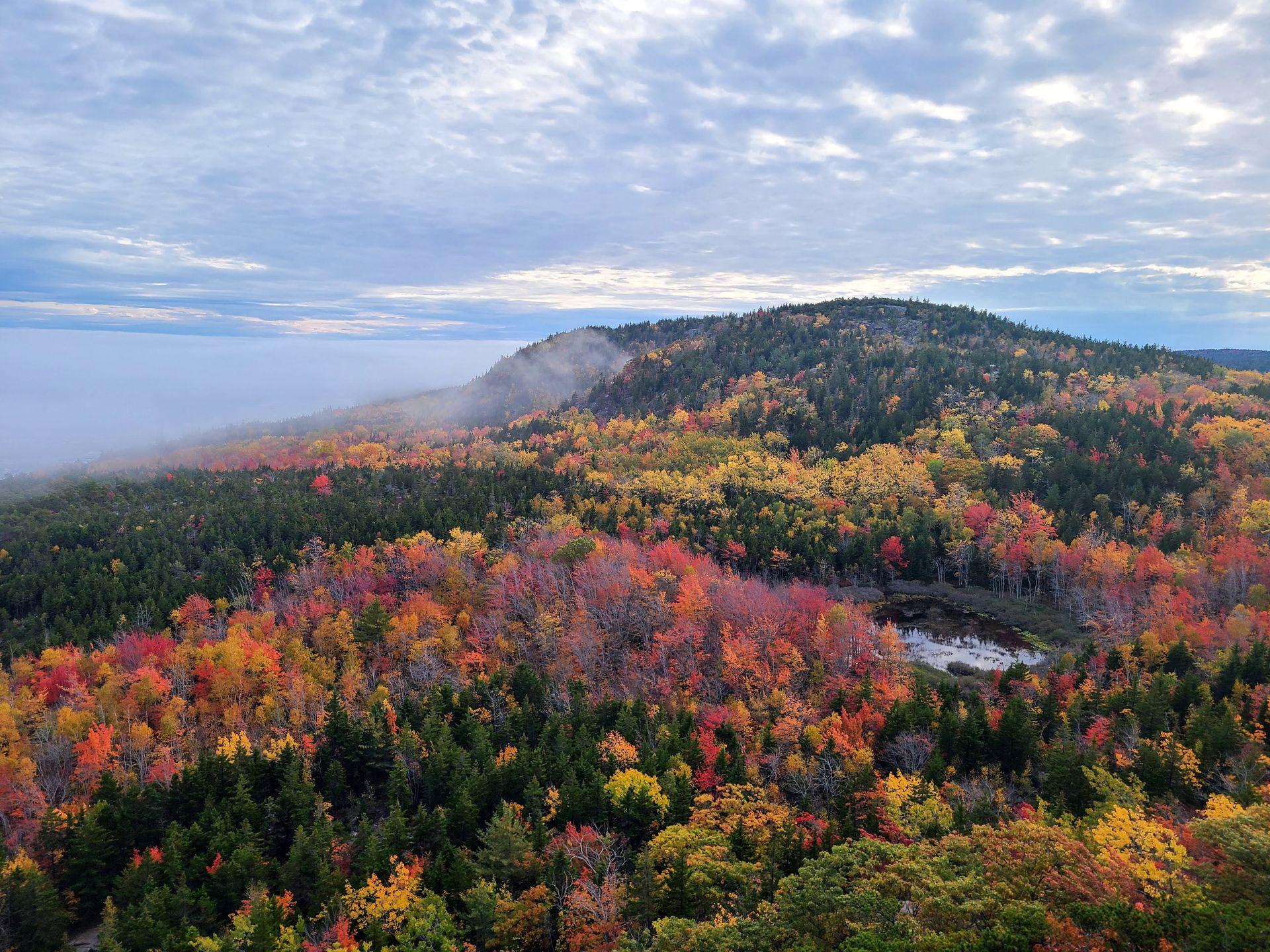
Most of the US National Parks are quite large, and yet I find that many people tend to visit the same places. Sometimes places are blown up by Instagram, or perhaps they are the most accessible and quickest to access.
However, depending on what you’re into, there are almost always similar places that still provide beauty with fewer crowds.
One way to find less crowded trails is to use All Trails and look for trails with less reviews. Other ways would be asking for recommendations from a ranger or a local, or researching using blogs.
This tip is not for everyone, but it also tends to be true that the harder the trail you pick, the less crowded it will be. So if you’re able to pick trails that are a bit longer, you’re less likely to see people. However, make sure you’re properly prepared (do your research ahead of time and bring all of the essentials) and know your limits.
5. Go in the Off Season
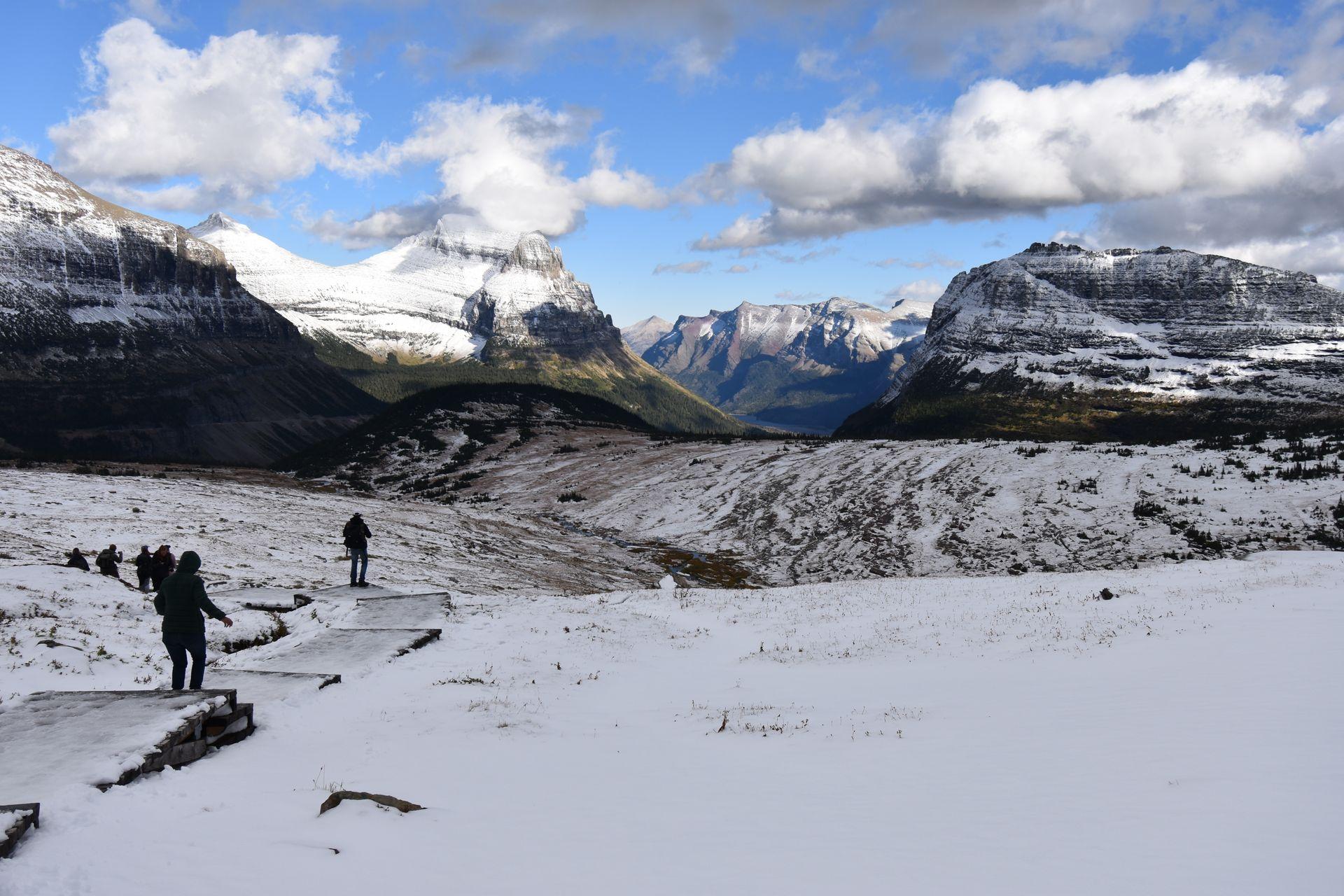
Many national parks have certain seasons where they’re much more popular than others. However, snowy weather also closes portions of many parks in the winter months. One of the best things you can do is to visit in the shoulder season, which is typically the month or two before and after the busiest season.
For example, you can visit parks like Yellowstone or Glacier in September or May. These months can be risky, but also so rewarding. You may experience a snow storm, or you may have the area all to yourself with perfect weather.
Shoulder season has the added benefit of cheaper prices on lodging. However, it also may mean that some restaurants will be closed for the season.
If you’re okay with winter activities, you can also visit almost any national park year round. However, in Northern parks such as Acadia or Glacier or Yellowstone, you’ll likely be doing activities such as snowshoeing or riding a snowcoach. As long as you’re prepared, this can be such a magical way to enjoy the parks blanketed in snow and with very few people.
6. Visit on a Weekday
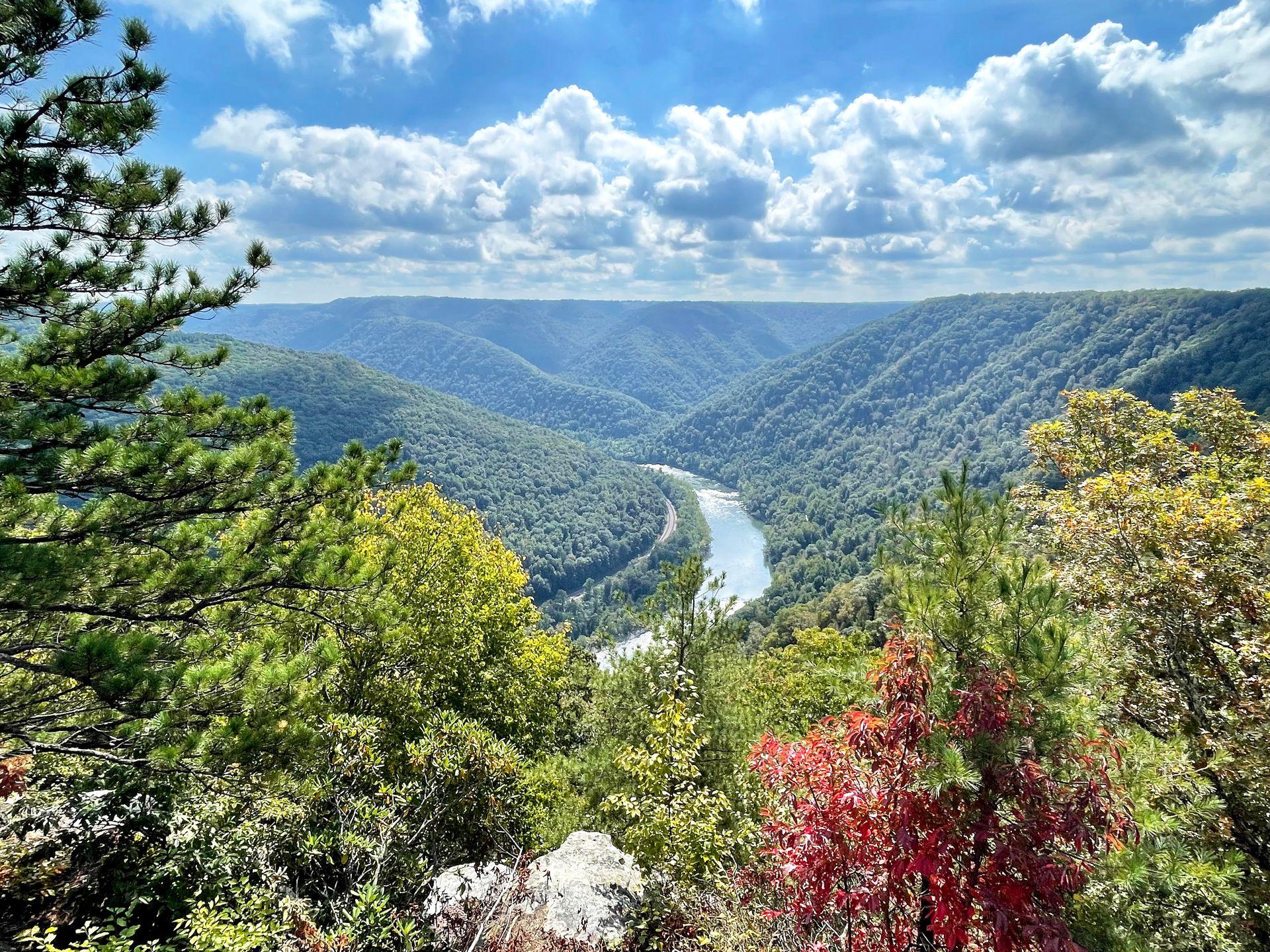
Similar to visiting during the off season, visiting on weekdays is sure to offer less crowds than weekends. You should also avoid holidays and Spring Break if possible. Spring Break is typically in mid to late March, but it can vary depending on the school and part of the country.
7. Do your Research
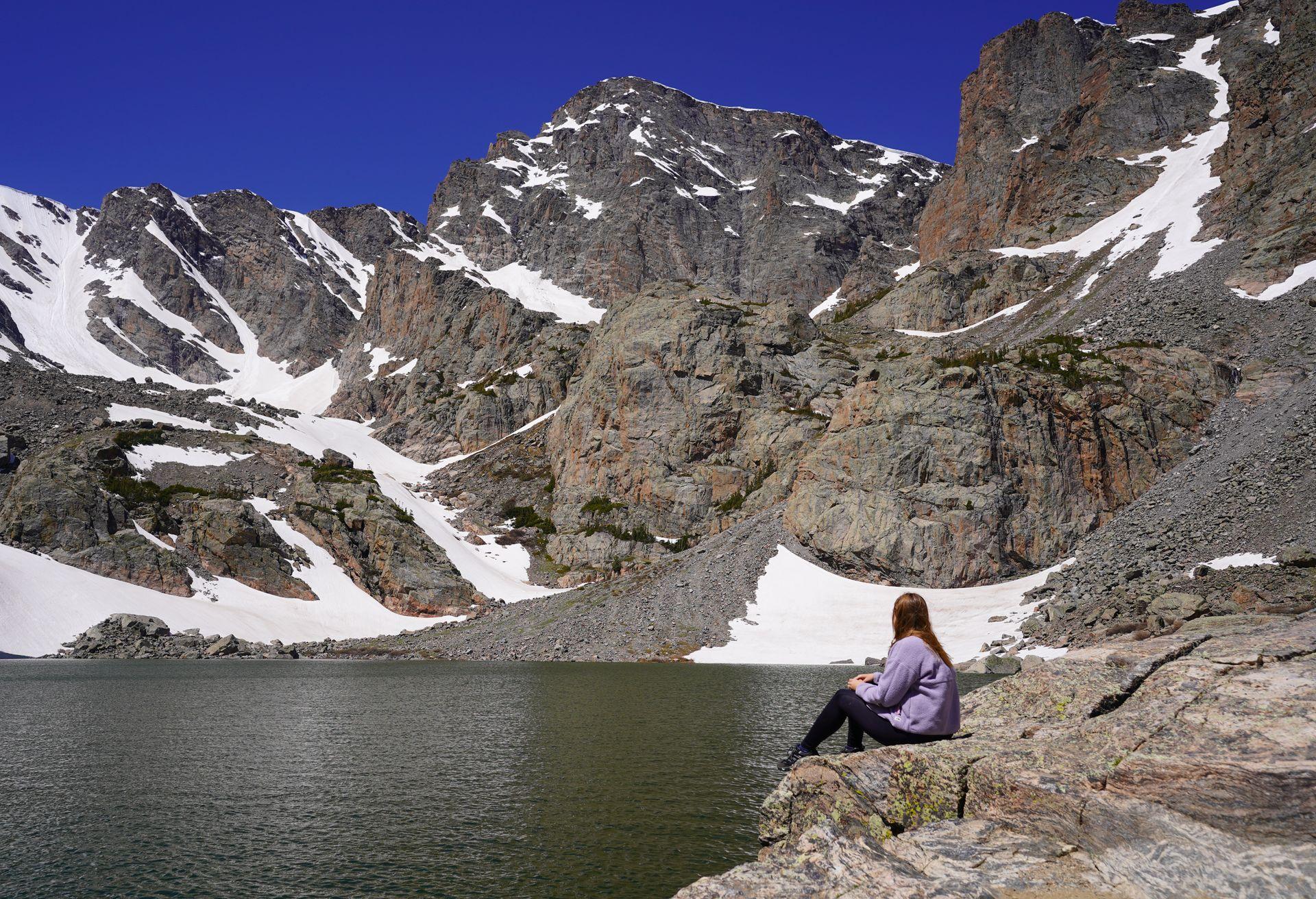
Crafting the perfect itinerary is a great way to ensure you’re visiting the most crowded areas early in the morning, and less popular areas during peak times. A few ways to research the crowd levels include reading All Trails reviews of trails, reading blogs and asking questions to those who have been there before. If you don’t enjoy the research and planning, find an itinerary you like on a blog! (Speaking of - check out my 3 Day Yellowstone itinerary).
8. Ask a Ranger For Advice
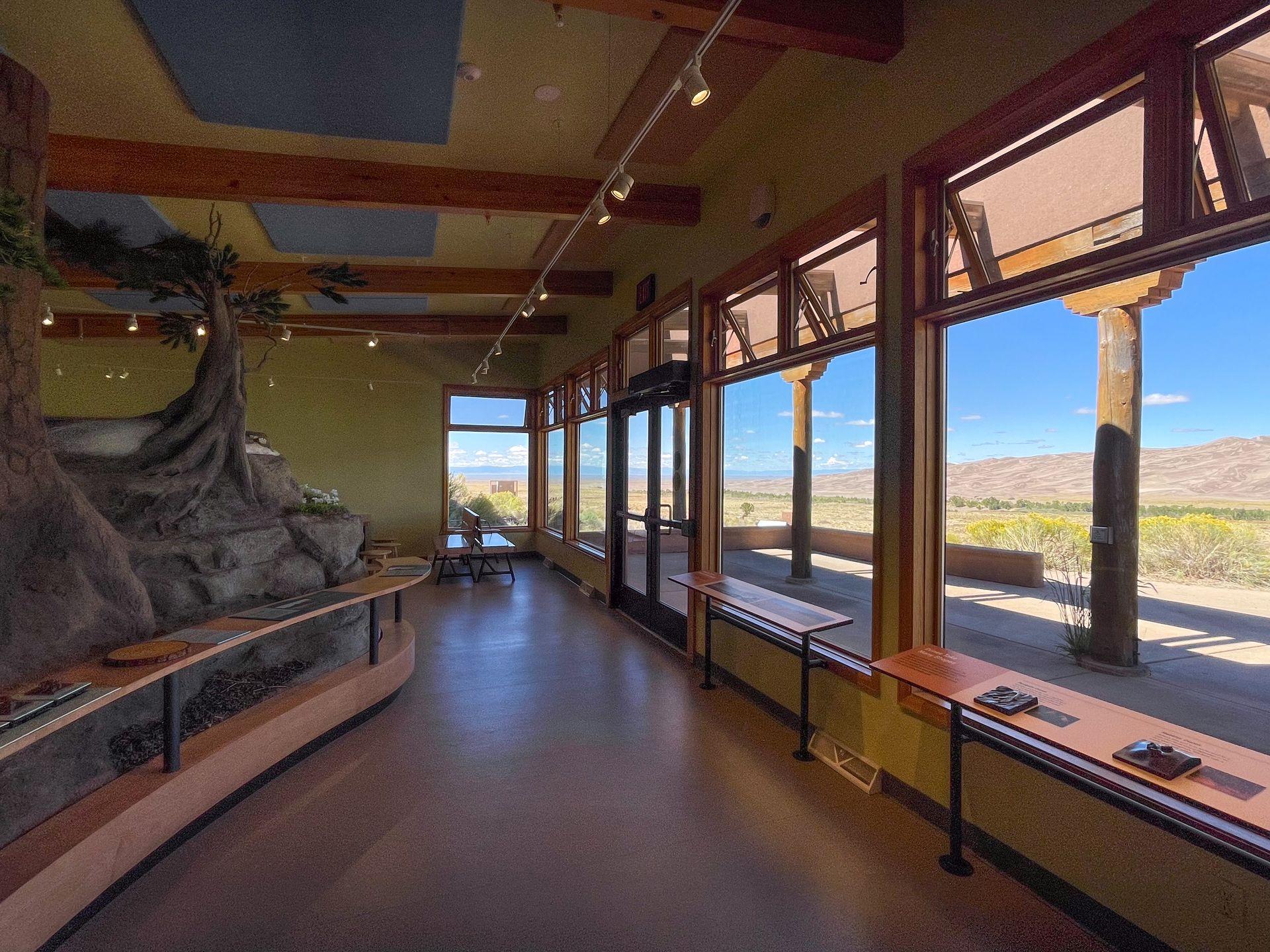
The rangers at each national park will always have the best tips and the most knowledge! If you’re worried about crowds and want to talk to a ranger at the visitor center, they are sure to provide some helpful tips and suggestions. This is a great thing to do at the beginning of your trip!
9. Explore Beyond the National Parks
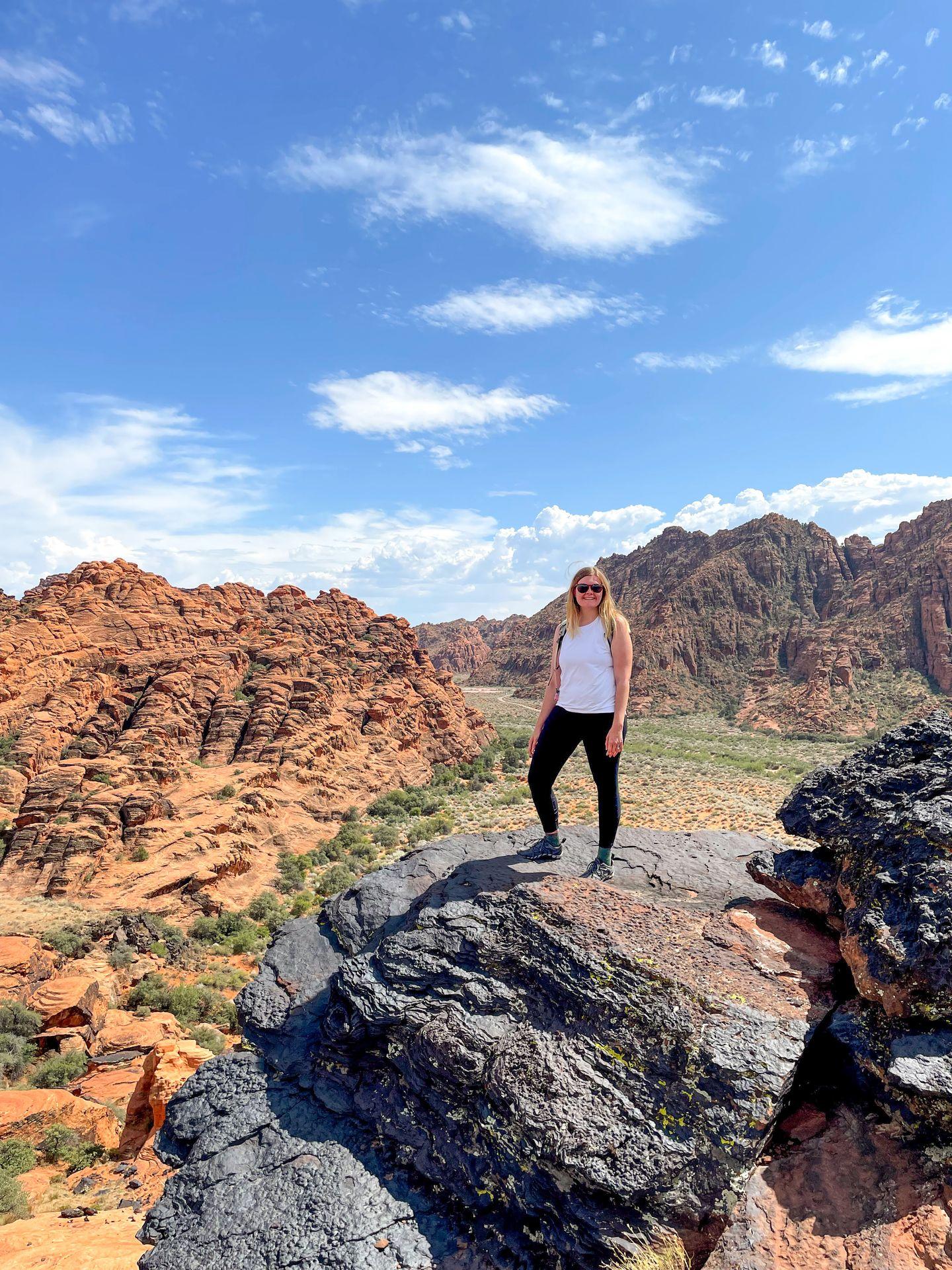
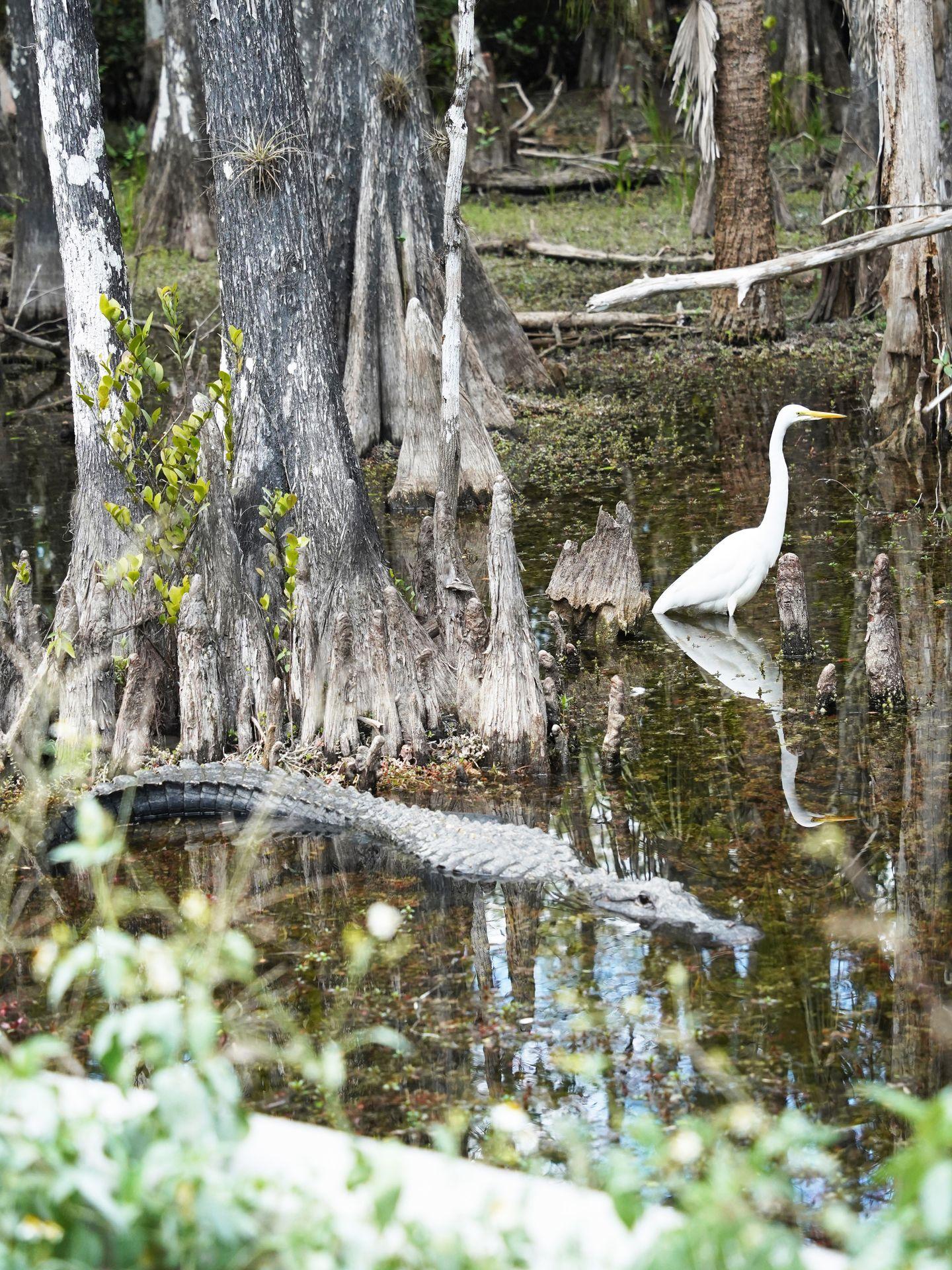
While this article is focused on national parks, I also want to mention that exploring places near national parks is another amazing way to see beauty with fewer crowds. Sometimes, there are beautiful state parks right outside of national parks, such as Snow Canyon outside of Zion. Or maybe there is a different type of national park site, such as Big Cypress National Preserve outside of Everglades National Park.
So pick up a map and do some research, and you never know what gems you may discover that are very close to our stunning national parks.
Other Tips for Visiting National Parks
Please make sure to leave no trace when visiting our national parks! That includes packing out all of your trash, planning ahead, not approaching wildlife, following rules for campfires, traveling on durable surfaces and respecting those around you. To learn more about all of the Leave no Trace principles, visit lnt.org.
If you’re visiting multiple national parks over the course of a year, the America the Beautiful Pass will save you money. The pass includes admission to most national park sites over the course of a year for $80. You can order it online or buy it at any park.
GuideAlong is a fantastic audio tour app that offers tours in Acadia, the Great Smoky Mountains, the Utah National Parks and in many more places. Download the tour ahead of time and learn about the park as you drive through.
Ranger-led talks and walks are a great way to learn about the parks as well (and they’re typically free). Check out the park calendar for the events occurring during your visit.
Be ready for a change in weather conditions. This is especially true for mountainous areas during shoulder seasons. Always check the forecast, bring layers and know the possible dangers. (For example, rain is very dangerous on a slot canyon hike).
Final Thoughts
Our national parks are incredible and absolutely worth visiting, but they can certainly get crowded. With these tips, along with a plan and some research, you’re sure to have an incredible time in even the most crowded of national parks.
For More US National Parks Travel Guides, check out these blogs:
- How to Spend 2 Days in Zion National Park
- How to Spend 3 Days in Yellowstone National Park
- How to Spend 2 Days in Joshua Tree National Park
- How to Spend 3 Days in the Everglades (and nearby)
- How to Spend 3 Days in Acadia National Park
- The Best Things To Do in Cuyahoga Valley
- Utah Mighty 5 Road Trip Itinerary
- West Texas and New Mexico National Park Road Trip
- The Best Things To Do in Hot Springs National Park
- The Best Things To Do in Bryce Canyon National Park
- The Best Things To Do in New River Gorge National Park
Thanks for Reading!
Let's stay in touch!
Join the Lost with Lydia email list to get monthly travel guides and tips!
